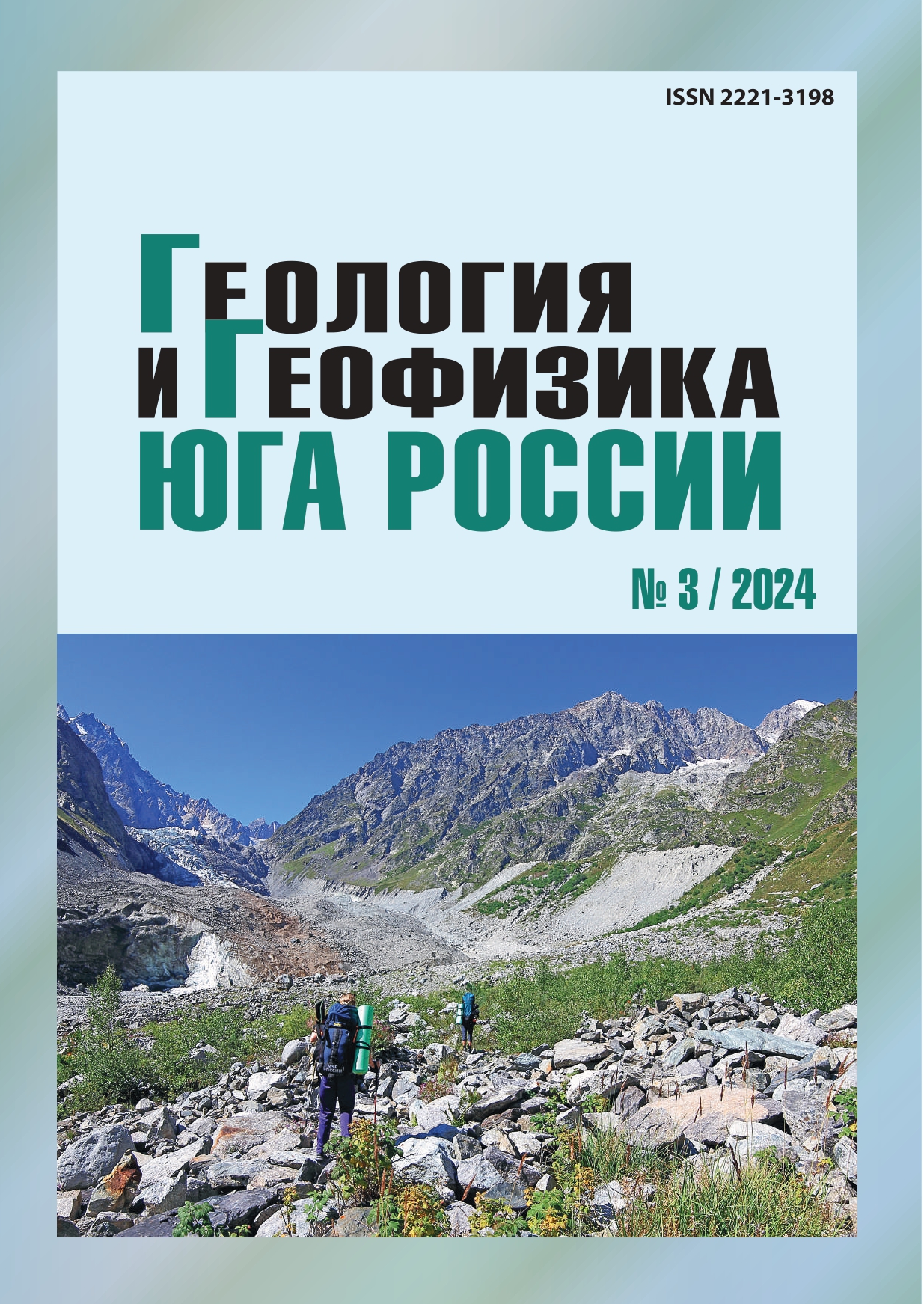Numerical study of the idealized mountain gorges atmosphere
Abstract
Relevance. In mountainous areas there are tailings ponds that contain “tailings” – waste from mining plants, from where the tailings enter the atmosphere of mountain gorges in the form of fine dust. Multifactorial air flows and complex patterns of pollutant distribution in mountain gorges determine the need to study each specific gorge separately. The study of mountain gorges of an idealized shape is convenient to use for a detailed analysis of atmospheric flows in practically important applied problems of monitoring aerodynamics and the propagation of pollutants in real gorges. Methods. Using mathematical modeling, three-dimensional isothermal atmospheric flows in a mountain gorge with an idealized geometric shape in the form of a rectangular cavern oriented from south to north are considered. The aim is to study the influence of the width to height ratio of a mountain gorge and compare the results of model calculations with the model of the Alagirsky mountain gorge, North Ossetia-Alania, Russian Federation. Results. It is shown that when the width to height ratio is greater than three, the mountain gorge belongs to the comparable “wide” gorge. Analysis of the aerodynamic properties of the Alagir mountain gorge allows us to conclude that at the location of the Unal tailings dump this gorge corresponds to wide gorges. This conclusion can be drawn from the correspondence of the wind roses of these gorges and from the approximate correspondence of unsteady flow regimes depending on the direction of the external wind. Wind roses, profiles of wind speed, frequencies and amplitudes of unsteady oscillations, the distribution of dust concentration from the pollutant source as a marker of flow regimes are shown for idealized gorges of different widths. Knowledge of the air flows in idealized mountain gorges allows us to conduct a more in-depth analysis of aerodynamic regimes and the basic properties of pollutant dispersion in real mountain gorges and make realistic forecasts based on idealized models.


